Play Ball!
STIHL Announced as the Official Outdoor Power Equipment of the Boston Redsox Fenway Park Grounds to be Maintained with STIHL Products
Whether We Come from the Design Sector,
Maintenance, Growers or Suppliers, We Have the
Opportunity to Make A Positive Impact on the Planet.
As members of the green industry, we have the privilege of making our world a greener, more beautiful place. Often times in our jobs, we literally have Mother Earth in our hands. There are so many ways we can be more sustainable from how we design, how we work, and how we liaise with our clients. Sustainability shouldn’t create an additional burden—in fact, it can actually lessen our work. From climate change to water shortages to the quality of our air and water, we have the power to make a difference. Small changes we make today help back yards, communities and ultimately the world become a better place for the next generation.
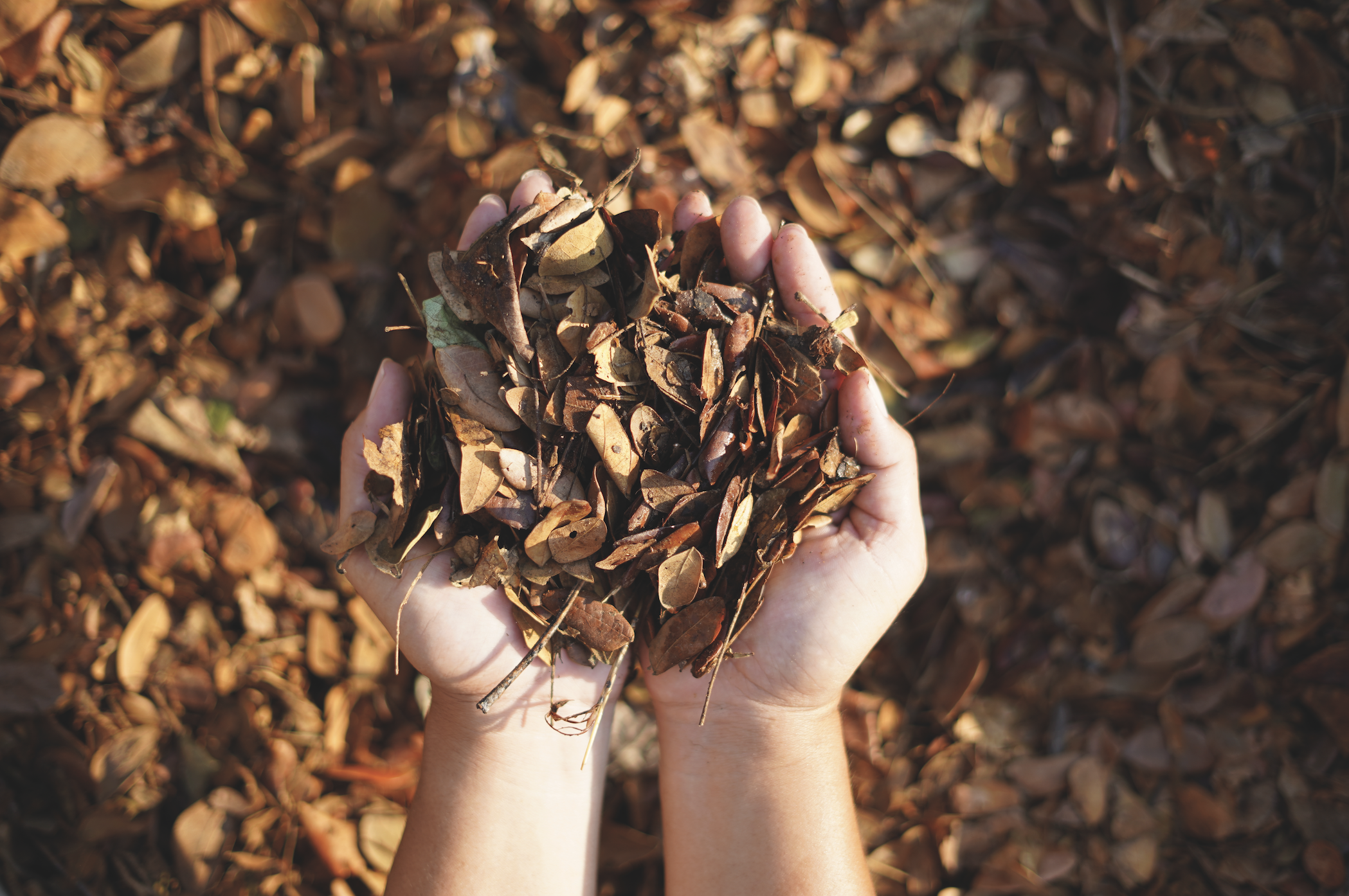
1. Understand How Design Affects Maintenance
Design the site, plantings and hardscaping by optimizing maintenance, and educate your clients on the maintenance requirements at the time of design. Can you reduce manpower and machine-run time? Design plantings under trees so that leaves can be left onsite. This minimizes maintenance while allowing the leaves to enrich the soil and removing the need for fertilizer.
 2. Choose the right plant for the right place.
2. Choose the right plant for the right place.
The spacing and specifying of plants can affect the amount of pruning that is required in the future. Hard landscaping under trees can require much more cleaning and maintenance.
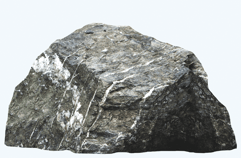 3. Create a Waste Management Strategy
3. Create a Waste Management Strategy
The combination of clever design and construction planning can minimize waste. If you excavate a site and find boulders, you might incorporate them into the design instead of an off-site disposal. In Moncus Park in Louisiana, the construction team dug a pond and used the excess soil to build a hill—which happened to be the highest point in the city! This not only made the landscape more interesting and created an asset, it saved on disposal trucking and costs.
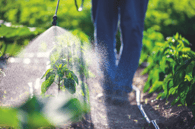 4. Use Organic Products
4. Use Organic Products
Look for organic alternatives to weedkillers like EcoMight. Weedkillers not only kill the weeds but they destroy beneficial microorganisms too by seeping into our soil—and they can contaminate our water.
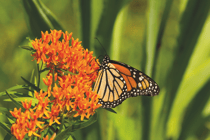 5. Encourage Wildlife
5. Encourage Wildlife
Native plants are essential to feed native species and will help beneficial insects, birds, and wildlife stay in balance with nature. Design plantings that will attract dragonflies to eat mosquitoes or that will attract pollinators like butterflies and bees.
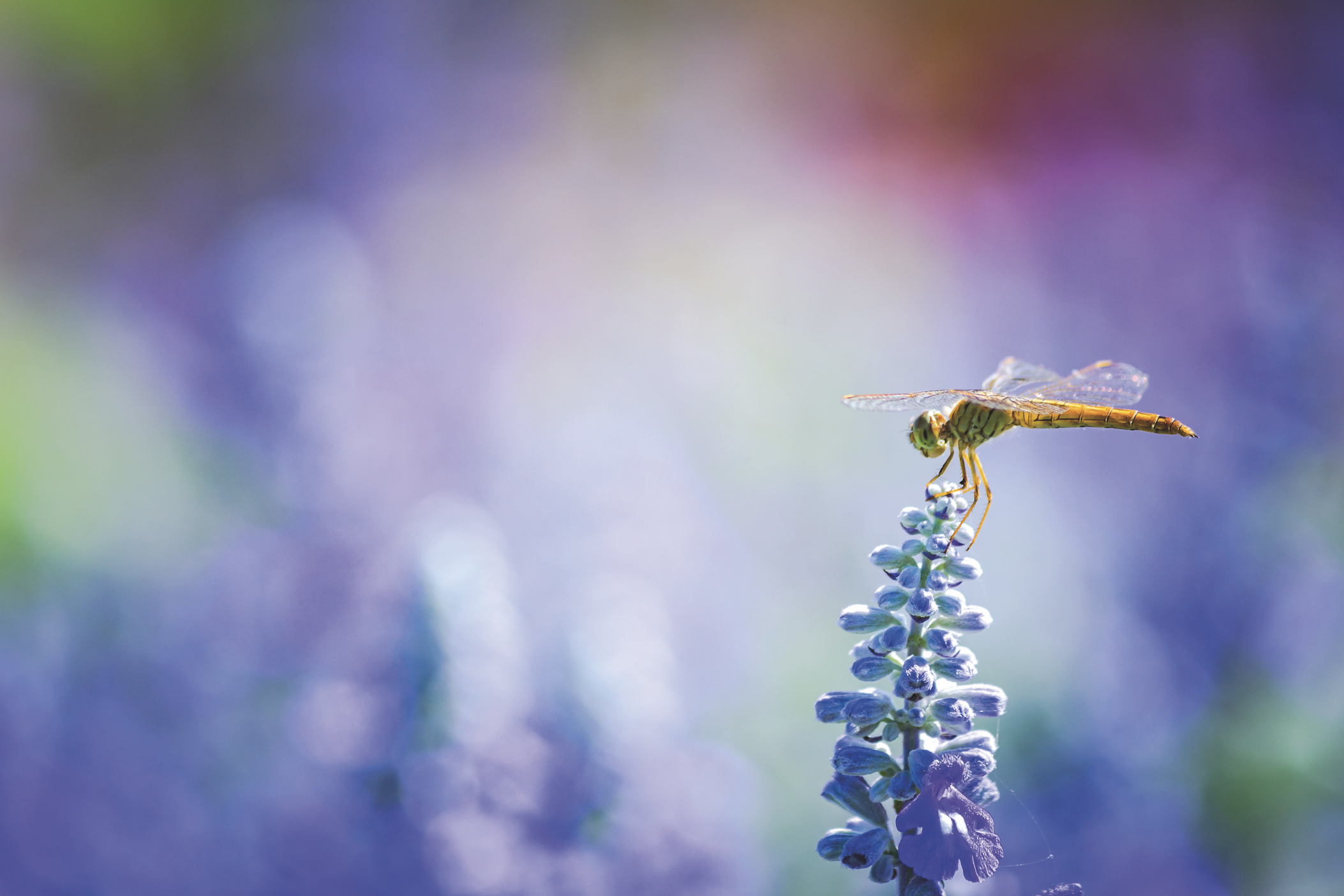
6. Know Your Soil
Test the soil prior to creating the planting design to ensure a planting palette that is matched to the soil and doesn’t require excavating, replacing with a non-native soil, or treating with chemicals in order for the plants to thrive. In areas where there is a shortage of water or no irrigation, choose drought-resistant plants.
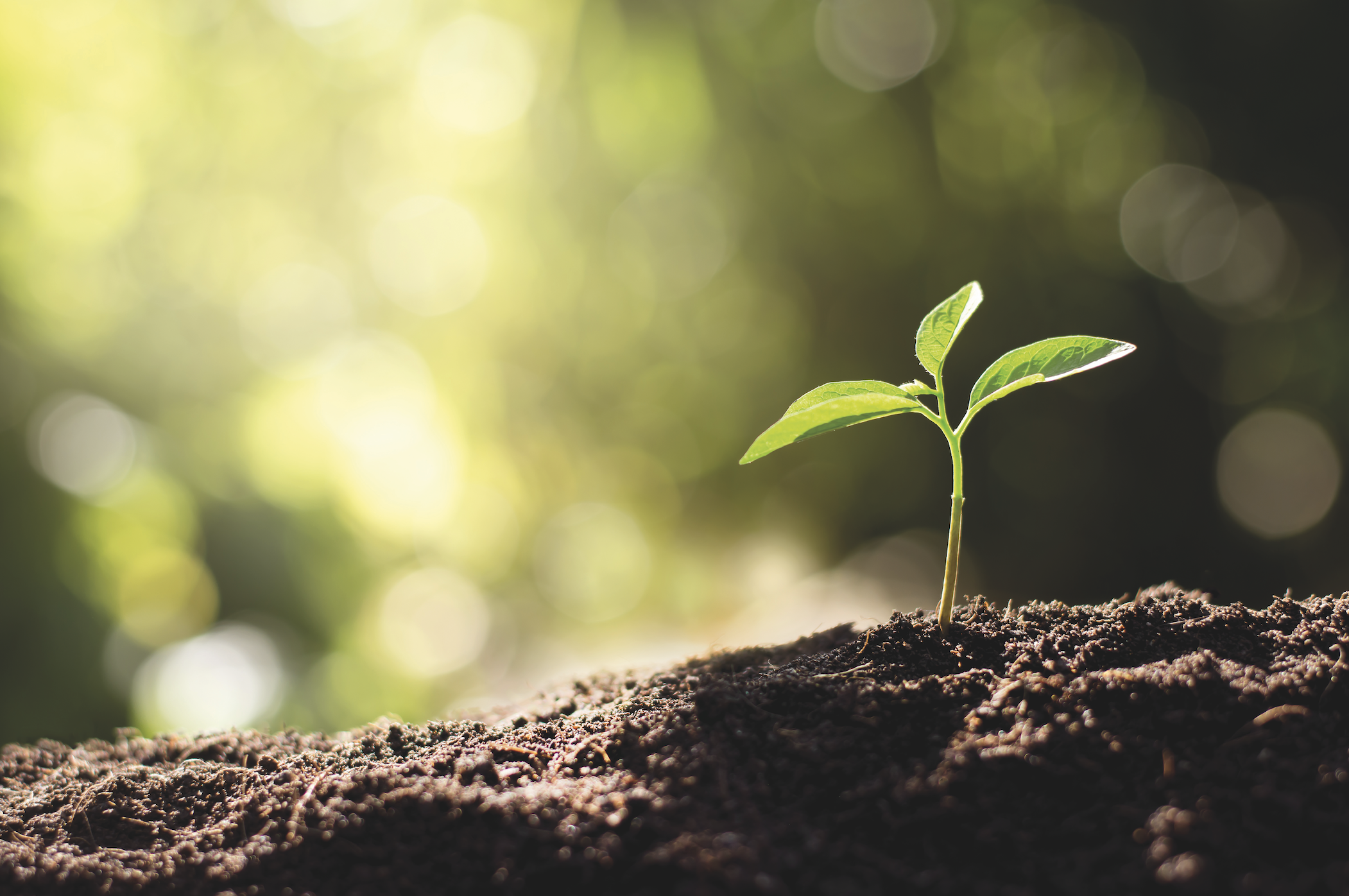
7. Implement Stormwater Management
Implementing only hard drainage or diverting water offsite only moves the problem to another area. Consider rainwater gardens, green rooftops and permeable paving. Permeable paving can reduce the load on drainage systems and can mitigate flooding as areas get more built up. Design planting that aids the onsite soaking away of water. Sponge Cities are being designed around the world to cope with excess water.
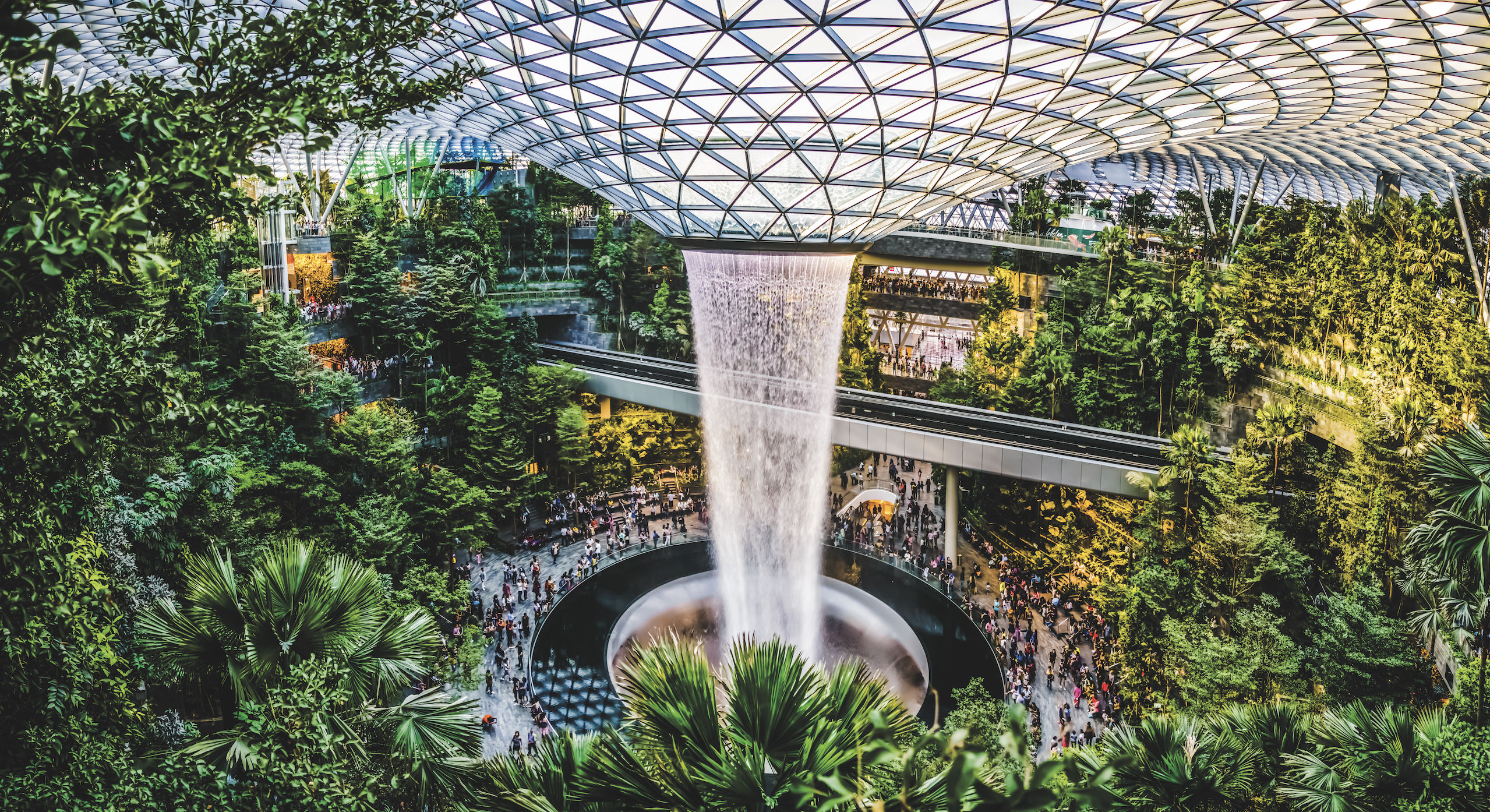
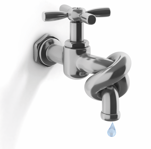 8. Conserve Water
8. Conserve Water
Be mindful of water use, from the planting design to the mechanics of irrigation systems. Plants in a soggy area should have deep roots to soak up the water, and for dry areas, select drought-tolerant plants. You can also collect rainwater for use in the garden and use a rain sensor to ensure plants aren’t being over-watered.
9. Reduce Lawn-Size
Lawns are hard on the environment. The Florida-Friendly Landscaping Program created by the University of Florida showed the amount of labor required for lawn care operators is the same if front gardens are 100% turf or 50% turf and 50% planting. Therefore, operators would not lose work or income if they encourage their clients to reduce lawns and increase native planting. Lawns do require feeding but this can be achieved sustainably. Use mulching mowers that cut the grass and provide nutrients to the grass while reducing the amount of waste that has to be carted offsite. Reducing the lawn and adding more native planting can increase the water absorbed by the garden and encourage wildlife.
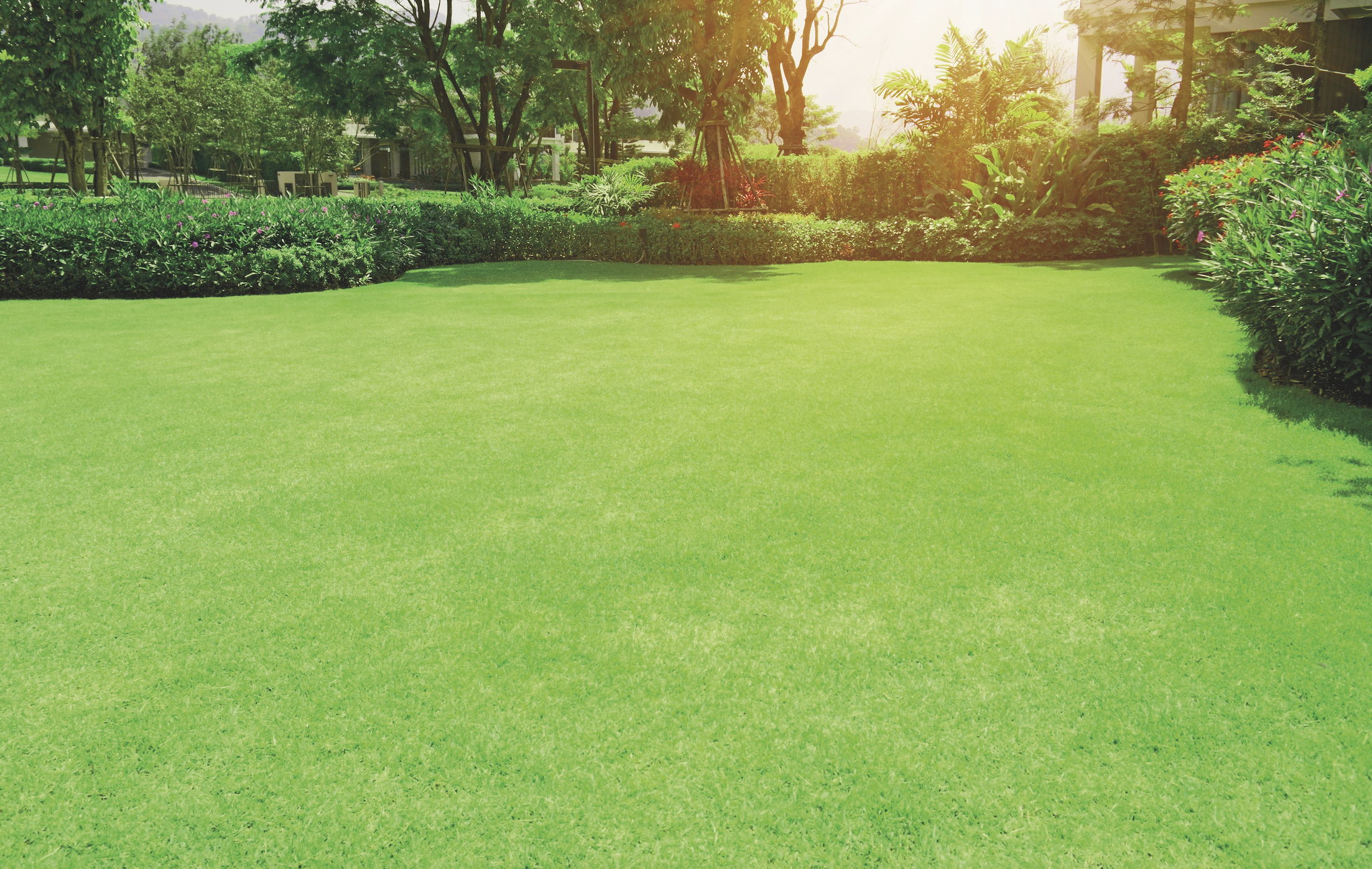
 10. Choose Quality Materials & Products
10. Choose Quality Materials & Products
Educate your clients that the cheaper route may come with hidden costs. For instance, cheap materials won’t last as long and will need to be replaced—at a cost. Build with materials that will last a long time; high-quality materials can withstand the outdoor elements better and longer. Use upcycled materials for containers and outdoor furniture.
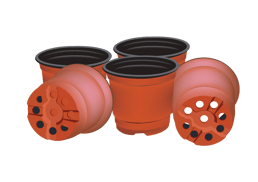 11. Eliminate Single-Use Plastics
11. Eliminate Single-Use Plastics
Plastic pots in the growing industry now can be replaced with other options. Leaf Burrito reusable bags can replace single-use black garbage bags. Bring a thermos of water to your job sites rather than using plastic bottles. Even at your office, you can provide your staff with re-usable cups.
12. Use Green Power
Change out gas-powered tools for battery-powered when possible. Battery-powered equipment can now compete with gas-powered equipment in run times. Battery-powered is also quieter which is beneficial for businesses and residents. Give your clients the option of a robotic mower service from companies like MowBot.
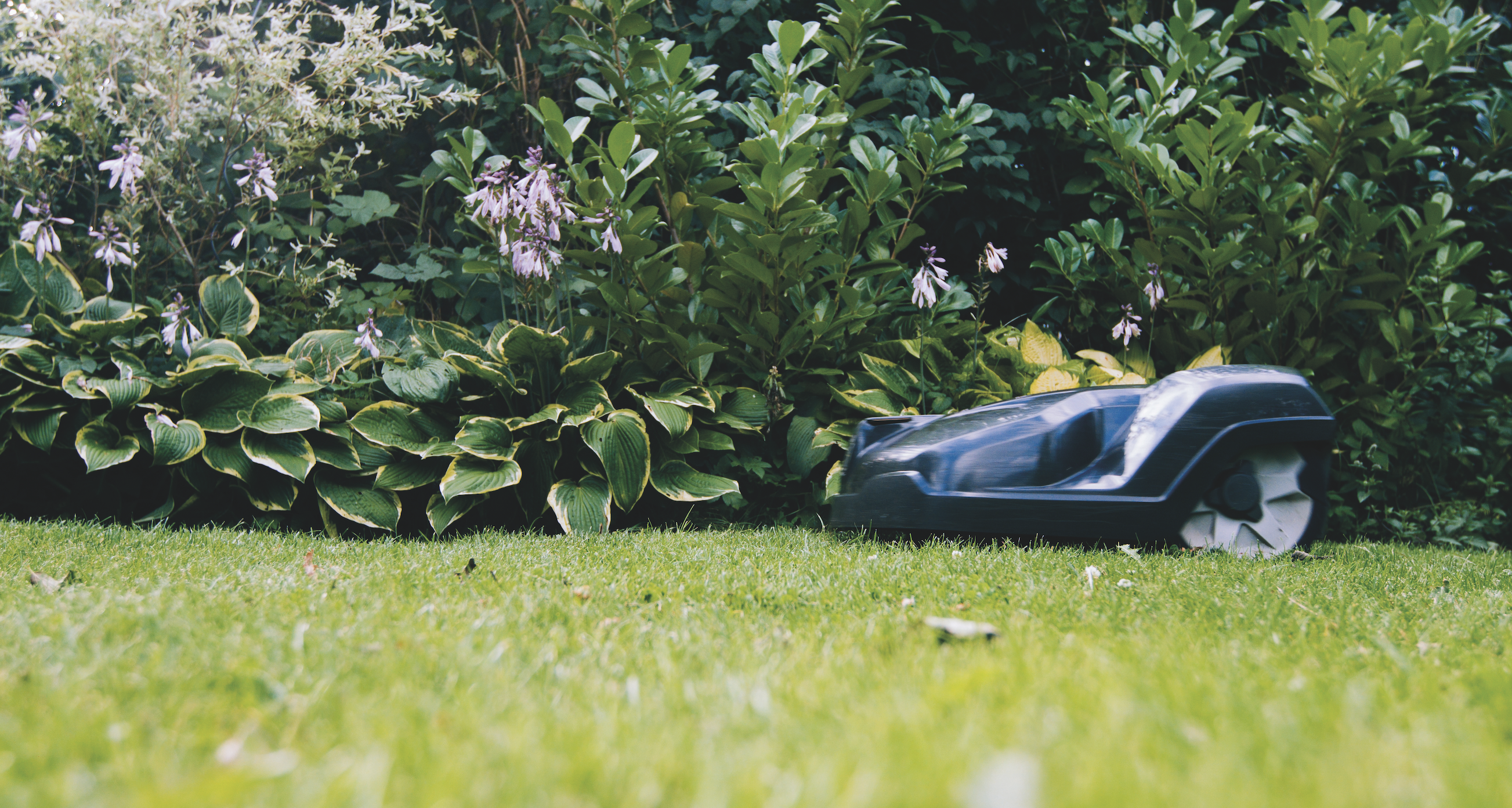

STIHL Announced as the Official Outdoor Power Equipment of the Boston Redsox Fenway Park Grounds to be Maintained with STIHL Products
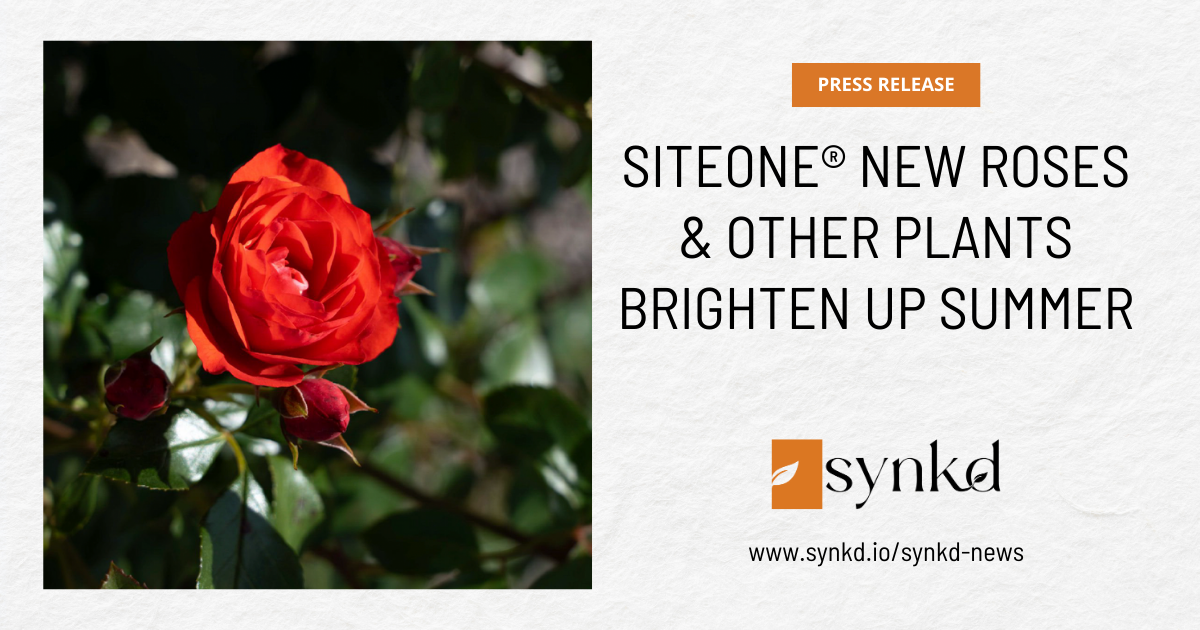
New Additions to Exclusive Portfolio Line Give More Options for Landscape Professionals ROSWELL, Georgia. (June 11, 2024)—Just in time for National...